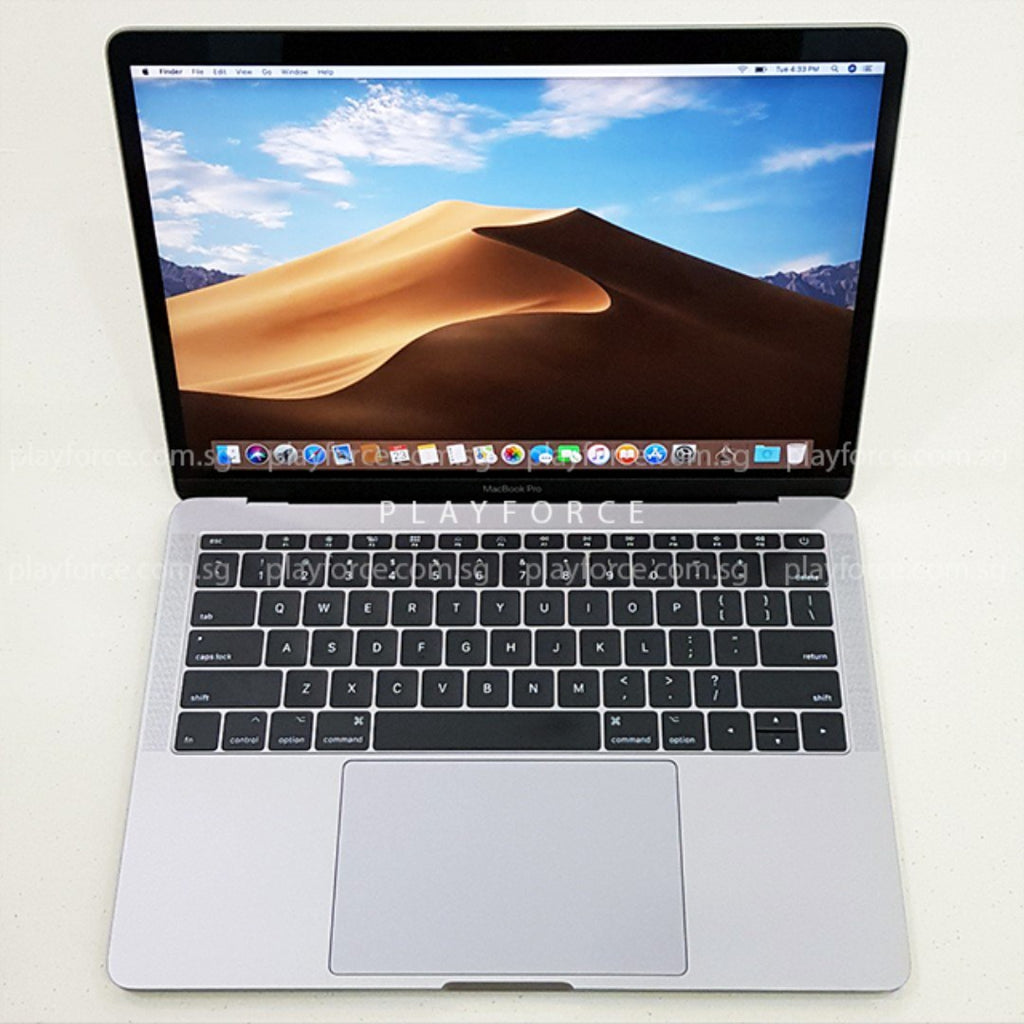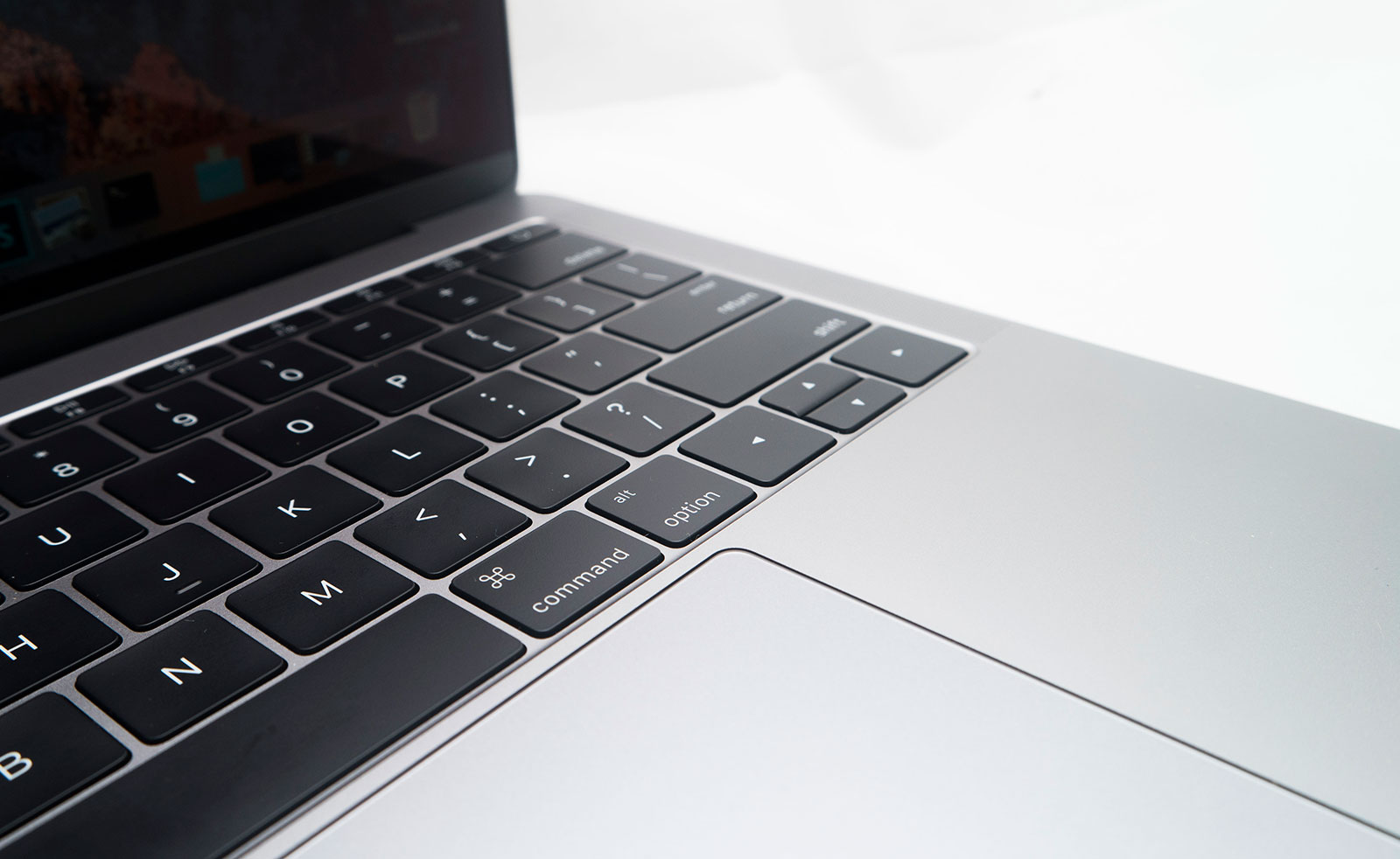

Your only choice here is over how much RAM and how much storage to specify.

Image 10 of 11 M1 Apple MacBook Pro 13in (2020) review: Price and competitionįor those tired of having to pay top dollar for the best-performing MacBook Pro, the new range of Apple laptops will come as a breath of fresh air.

The MacBook Pro 13in has active cooling where the Air does not, and a larger battery, plus superior speakers and a similar “Studio” microphone to that found on the larger (non-Apple Silicon) MacBook Pro 16in. The cheapest model is backed up by 8GB of RAM (configurable to 16GB) while options for storage run from 256GB right up to 2TB.Īs for the differences between this and the cheaper Apple Silicon MacBook Air, they’re fewer than you might think. The Apple Silicon MacBook Pro 13in looks pretty much the same as previous models and it comes, just like those laptops, in a number of different configurations. This new architecture also allows iOS apps to run on the machine and, in Rosetta 2, it has a runtime environment that’s able to run non-native 64-bit Intel code incredibly fast as well.Įlsewhere, however, it’s business as usual. Not only is it more powerful than the A14 Bionic chips inside the latest iPhones and iPad Air but Apple has also provided its Apple Silicon MacBooks with a full suite of native M1-compatible Mac software from the get go. In fact, these ARM-based chips power most Android smartphones, and both Microsoft and Qualcomm have attempted to bring this type of CPU to laptops before – the Microsoft Surface Pro X being the prime example.Īpple’s version of the laptop ARM chip, however, is an entirely different beast.

The MacBook Pro 13’s M1 processor is based on an ARM design, much like the chips found in Apple’s tablets and smartphones. £1,053.20 Buy now Apple Silicon MacBook Pro 13 review: What you need to know


 0 kommentar(er)
0 kommentar(er)
